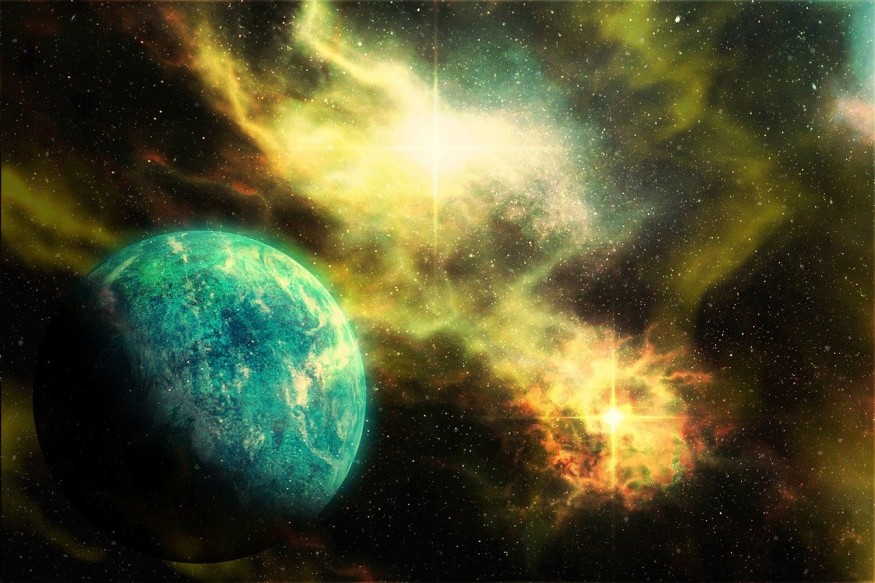Earth-like planets typically refer to planets that our beyond our solar system but have similar features to Earth, including the potential existence of water, that can lead to supporting alien life. Also called Earth-like exoplanets, it has been theorized by scientists that these planets are conducive to life, at least in the microbial level. Based on a research paper earlier this year, evidence shows that nearby exoplanets may harbor microbial life dating back as early as 8 billion years ago.
Due to the 'rare life hypotheses' across our solar system and the Universe, bioastronomists are focused more on searching simple life forms. For instance, even for exoplanets within the habitable zone, also called Goldilocks zone, the discovery of microbial life is expected more rather than finding extraterrestrial civilizations with sentient beings. This makes the latter to reside more in the realm of fiction. However, scientists have not completely ruled out the potential existence of intelligent alien life.
Earth-Like Planets

Over the past several decades, the National Aeronautics and Space Administration (NASA), other space agencies, and the astronomical community have discovered multiple Earth-like planets. However, this type of celestial body must first meet the requirement of being an exoplanet, also called extrasolar planet. Aside from being situated outside our solar system, an exoplanet must orbit other stars. This criterion is the same as what astronomical authorities define what a planet should be in general.
According to NASA, a celestial body can be considered as a planet if it has an adequate and large mass to have enough gravity, forcing it to have a spherical shape. In addition, its size must be big enough for its gravity to clear away other objects with similar size near its orbit around the Sun. As of Friday, November 24, there are 5,539 confirmed exoplanets with 10,009 candidates and 4,128 planetary systems, according to the US space agency.
Exoplanets List
There are thousands of confirmed exoplanets outside our solar system, as mentioned earlier. However, there are some extrasolar planets that are unique than others due to being potentially habitable planets. Below are the 10 most Earth-like exoplanets out there:
- Gliese 667CC
- Kepler-22B
- Kepler-69C
- Kepler-62F
- Kepler-186F
- Kepler-442B
- Kepler-452B
- Kepler-1649C
- Proxima Centauri B
- Trappist-1E
Since no one has ever traveled to any exoplanets before, questions have been raised as to how planetary scientists determine whether an exoplanet is habitable or not. According to NASA, Earth-like planets must be roughly the same size as our planet. In addition, they should orbit their stars' habitable zones, meaning their distance from their stars must be right, not having extreme heat or cold.
Exoplanetary environments are also observed for potential signs of habitability or biosignatures through the James Webb Space Telescope and other powerful space telescopes and observatories. The detection of these habitable exoplanets could provide us new insight into the distribution of and potential for life in the universe, according to researchers from the University of Washington.
Related Article : Second Earth? Kepler Catalogs Exoplanets That Could Be Similar to Earth
© 2025 NatureWorldNews.com All rights reserved. Do not reproduce without permission.





